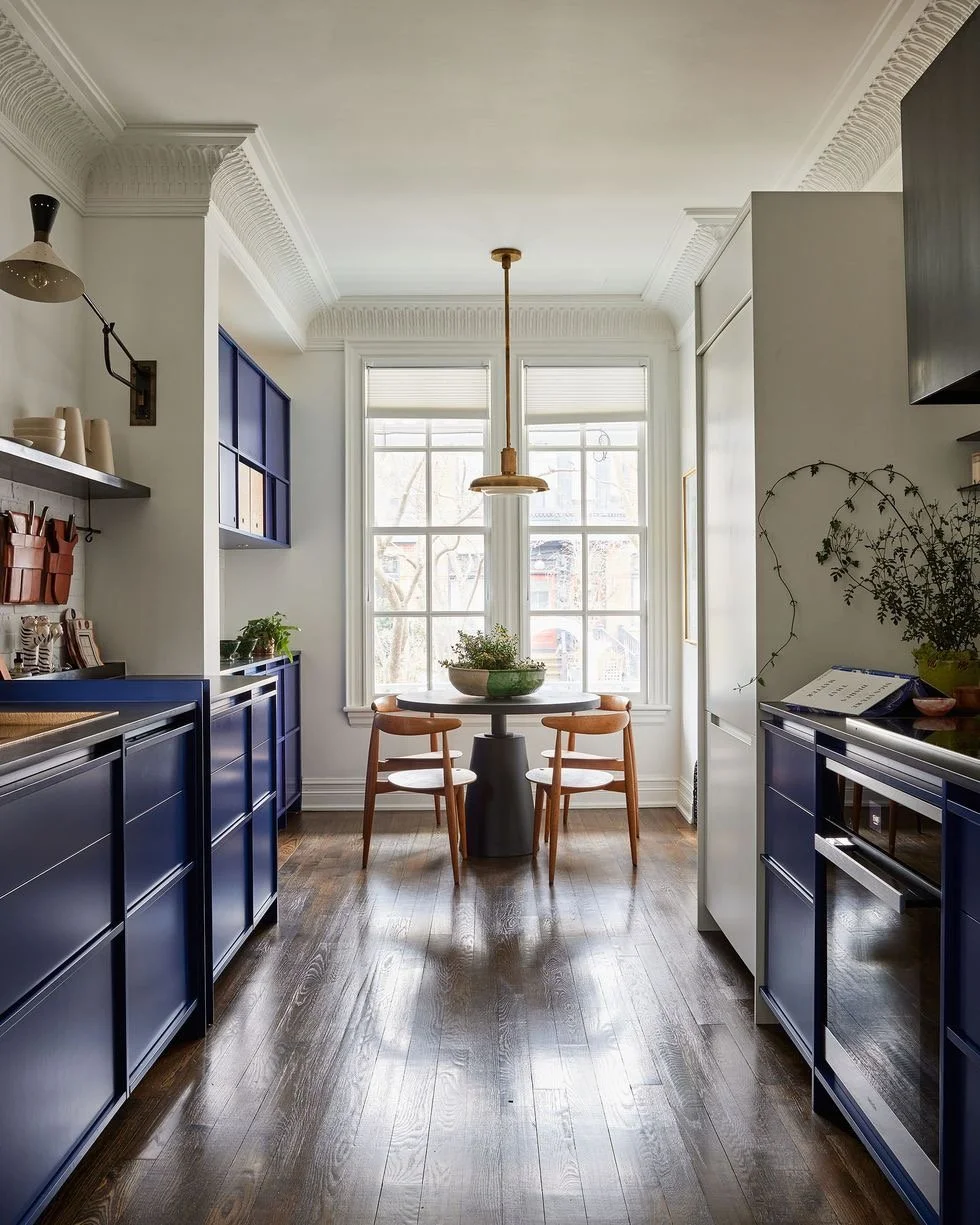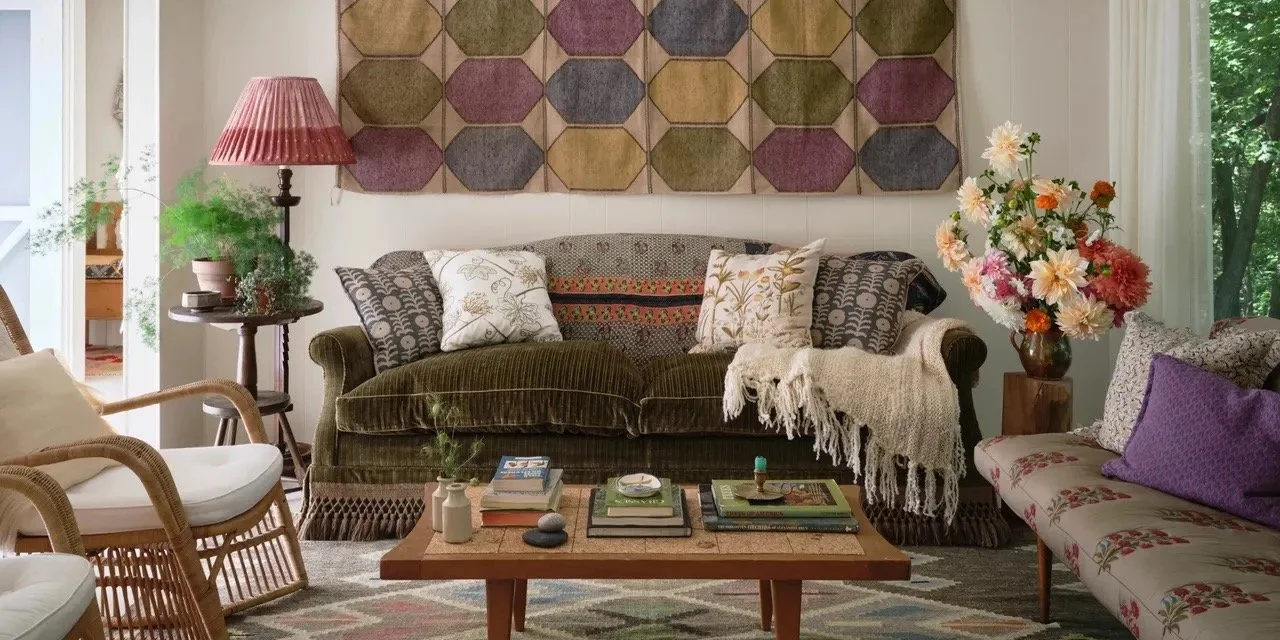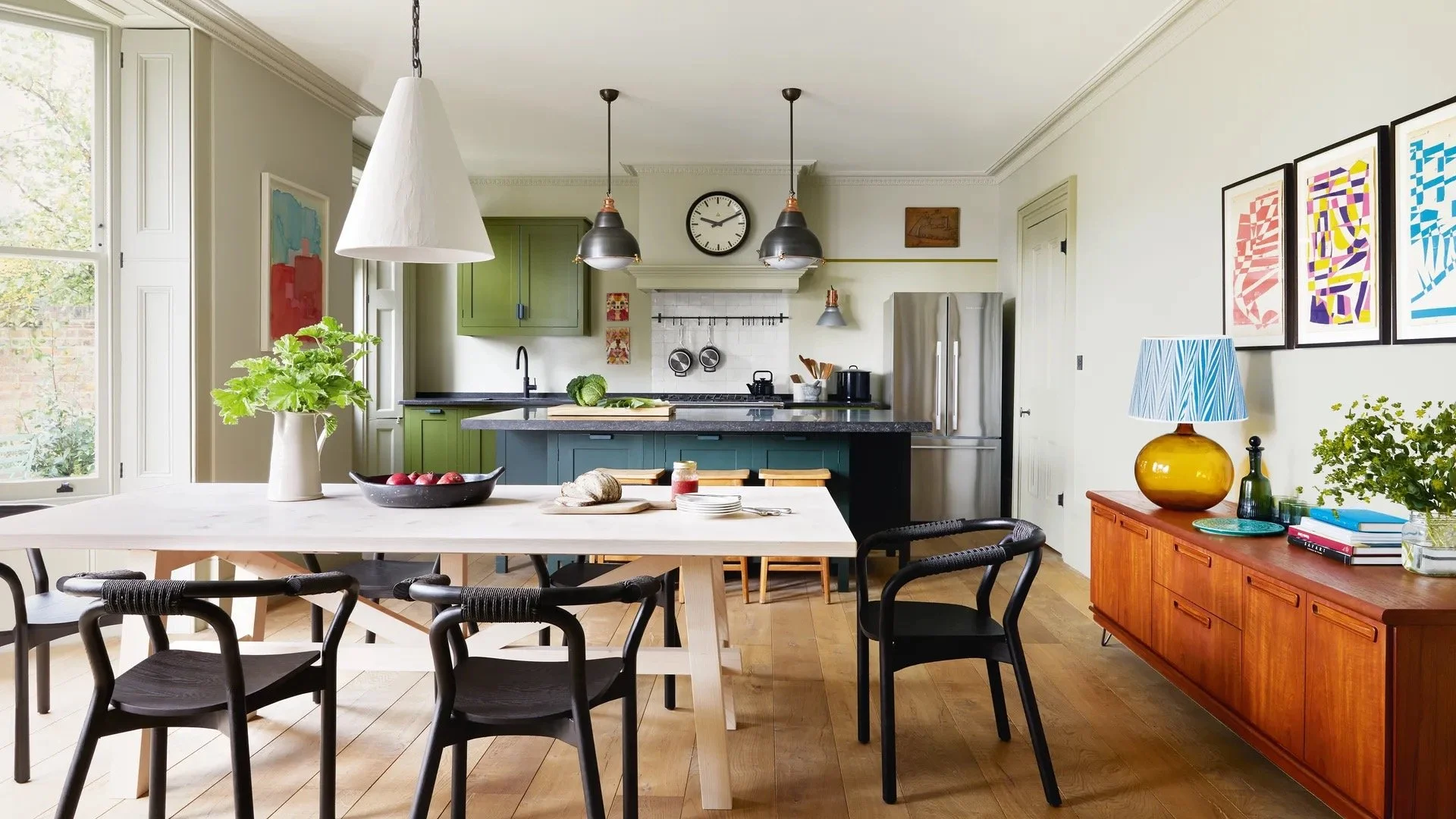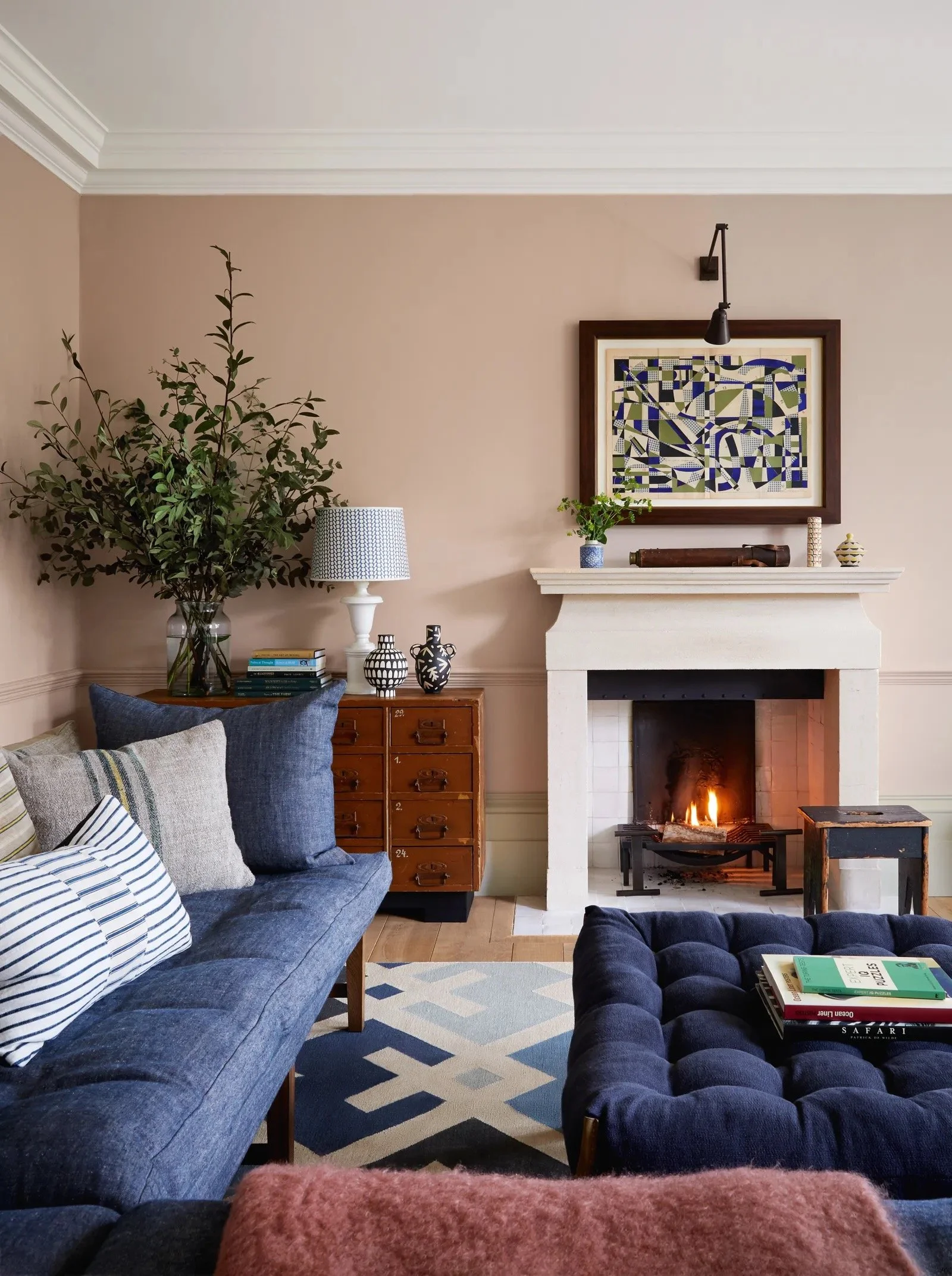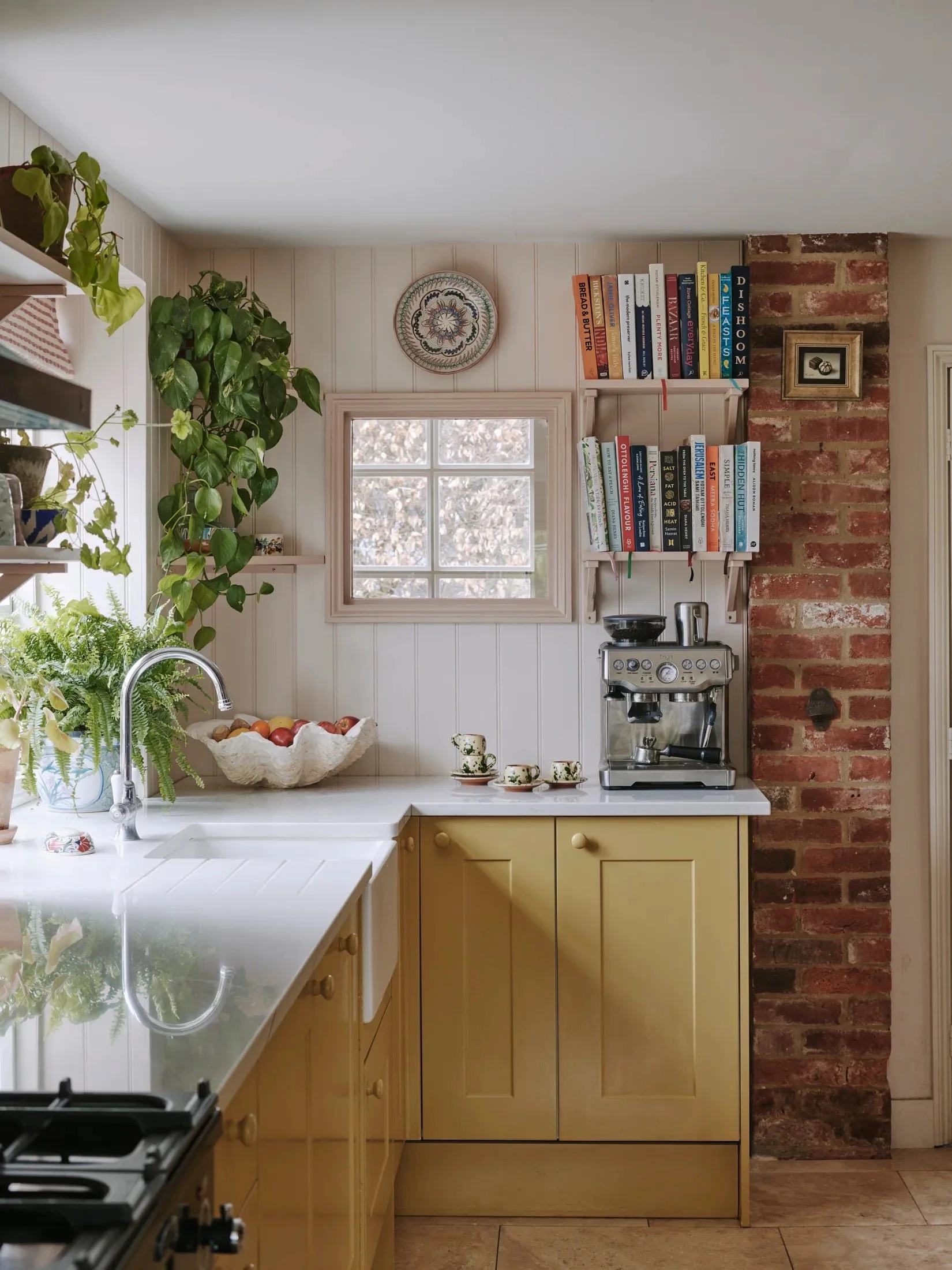6 Simple Interior Design Rules
While there is certainly no ‘one size fits all approach’ to interior design, there are some key elements that help make your creative choices work. Understanding these elements allows you freedom in creativity while being confident that your ideas will create a harmonious space you will love for years to come. Try these simple tips to help you elevate your next design choice!
1. Understanding Your Space
Before deciding on a large renovation make sure you have lived in the space for a while. This allows you to get a feel for how you currently use it, how you want to use it and also, who uses it. Make a note of what works and what doesn’t. As well as creating a warm and inviting space, your home also has to function well for your personal requirements. Make sure to think about the long term and how you plan on utilising the space.
Design Credit Sam Sacks
2. Comfort Is The Best Choice
With design trends coming and going it’s easy to get overwhelmed with what the latest styles are. Unless you plan on changing your interior decor regularly, I would avoid getting drawn into fast fashion and design fads and opt for comfort above everything else. Again, think of who uses the space and what you use it for. Put the needs of your homes occupants first. Choosing sofas and armchairs with longevity and comfort in mind will bring more liveability to your home in the long run.
Design Credit Julia Jubelirer
3. Consider Flow of Movement
Before bringing in larger items of furniture or making structural changes, consider how you move around within your home. Take your time working this out, especially if it is a multipurpose space ie. In an open plan room, can the dining area flow from the kitchen and how does that continue into the living area. You want to be able to create zones within an open plan space so some degree of privacy between areas can be maintained. Also think about where you want people to congregate, are you creating a space to entertain? how will people move around a kitchen island or dining table? where do they sit? can you make conversation with people while you are cooking? do you need a designated work space? These are all questions to ask yourself before making big design decisions.
Design Credit Nicola Harding
4. Create Balance
Bringing balance to a design is important for creating harmony and ensuring that no single element overpowers another in terms of visual weight or dominance. This is an important concept to grasp to provide continuity of space. A good place to start is by finding your focus colour or pattern, from there you can pick out complimentary colours and tones for your accessories, soft furnishing and art work in order to create harmony. Height and size of objects also adds to the balance of a room. Too much in one area can make a space feel heavy, balance can be achieved by spacing large and small objects and alternating height differences with your accessories or artwork.
Design Credit Nicola Harding
5. Choosing Colour
When choosing colour there are some general guidelines and a good place to start can be with natural light, specifically through consideration to the aspect of a room. North facing rooms can be lightened by avoiding grey bases, although personally I like to embrace the darkness of these rooms and go all out with a bold dark colour. This can also make a space feel larger and more cozy. For South facing rooms, soft neutrals can maximise the feeling of light. Warm tones work best in West facing rooms as the light is typically cooler in the morning and warmer in the evening. The early morning light that graces East facing rooms can feel very inviting against a light blue or green backdrop. These however are not solid rules and I find that different homes have their own unique natural light, despite orientation. This is also true of where you are geographically, as variations in the suns position also impacts the feeling of a space. Also don’t be afraid of contrasting colours, this is great way of bringing interest and vibrance to your home.
Design Credit Studio Peake
6. Play with Texture
Creating texture is not just about the tactile nature of soft furnishings, it is also created visually. By using different materials you can create depth and visual interest in a room. You can also achieve this through using light sources, lamp placement can create pools of light that interact with other surfaces and create depth. Window finishes have the same effect, creating soft shadows and channelling light to bring visual texture to a space. Layering and mixing natural materials creates interest, warmth and overall simply delights the senses. Tying these all together prevents your space from feeling flat and one dimensional.
Design Credit Francesca Gentilli
